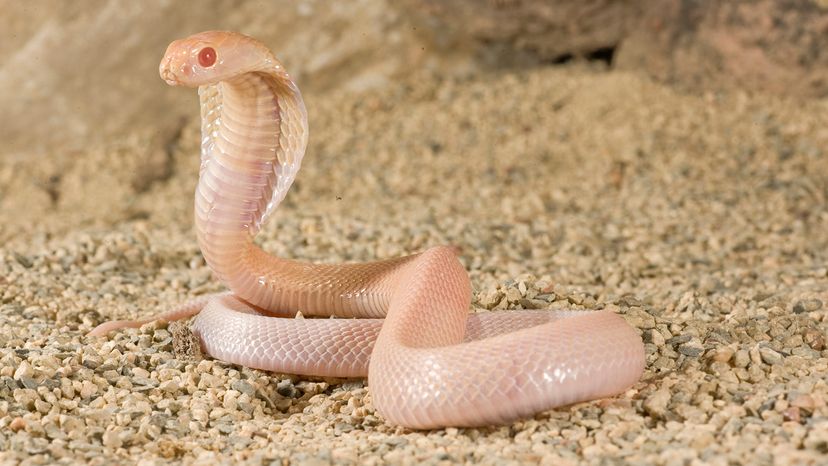
An albino snake will stand out in its natural habitat. Unlike their non-albino counterparts, albino snakes have a genetic mutation that affects the production of melanin, the pigment responsible for the typical coloration in animals. This lack of melanin results in the distinctively pale or white skin and pink or red eyes that are the hallmarks of albinism.
While albino snakes are certainly eye-catching, they also face unique challenges due to their condition. From their vulnerability to sunlight to potential health concerns, albino snakes require special care, especially in captivity.
Advertisement
Let’s dive into the world of albino snakes and explore how they come to be, what makes them different and what species can exhibit these traits.
